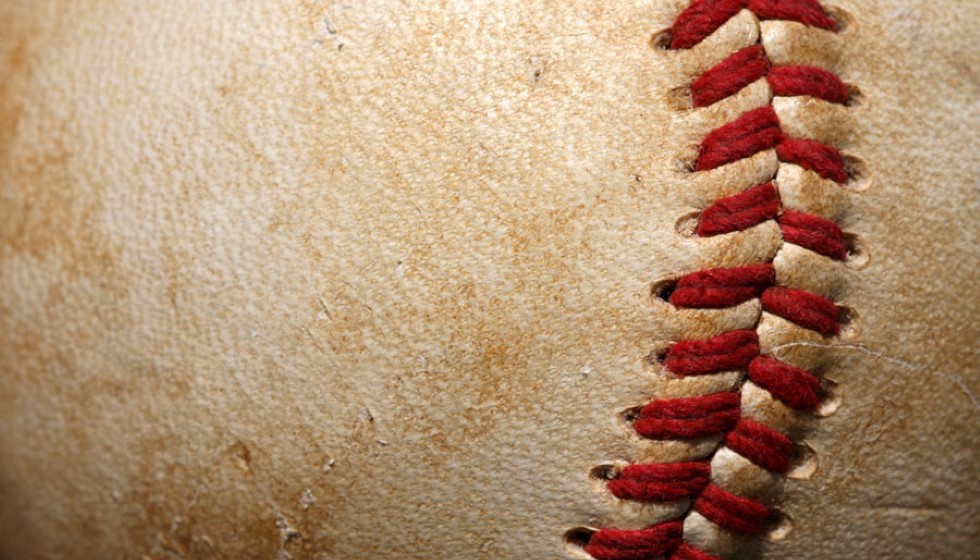
Hall of Fame Contenders: A Closer Look
As the Hall of Fame ballot opens this year, a narrative unfolds that is as much about reverence for baseball’s storied past as it is about acknowledging the complexities of its modern legacy. One sports journalist, casting an official vote for the first time, finds themselves at the heart of these discussions, navigating the delicate balance between statistics and the ineffable essence of what makes a player Hall of Fame-worthy.
The Legacy of Ichiro Suzuki
Among the luminaries up for consideration is Ichiro Suzuki, whose Major League Baseball career began at the age of 27. Despite starting later than most, Ichiro quickly amassed over 3,000 hits stateside, a testament to his extraordinary skill. With a .311 batting average and 509 stolen bases, few players have demonstrated his blend of consistency and speed.
Reflecting on Ichiro’s path, the journalist noted, "There's a 'feel' factor to him." This sentiment captures the notion that evaluating Hall of Fame candidates transcends mere numbers. The comparison between Ichiro and Kenny Lofton, another remarkable player who faced similar scrutiny, exemplifies how the Hall of Fame voting process is not a purely stats-based exercise. "The Lofton/Ichiro comp is a great example of how HOF is definitely not a mere stats-based vote," said the journalist, highlighting the complexities involved in such decisions.
The Dilemma of Modern Legends
The ballot also includes figures like Barry Bonds and Roger Clemens, whose careers have been shadowed by controversy. Decisions regarding these players challenge voters to weigh their monumental achievements against the allegations that have tainted their legacies. The inclusion of players linked to steroid use or scandals, such as Alex Rodriguez and Manny Ramirez, further complicates the voting landscape. In the same vein, the mention of Carlos Beltran and Brian McCann recalls the 2017 cheating scandal, adding layers of moral complexity to the decision-making process.
Reflecting on Past and Present
This year's ballot also signifies a surprising trend: players from the 1920s and 1930s find their place in the Hall of Fame more readily than those from the 1980s and 1990s. The reasons behind this shift are manifold, sparking debates about the evolving criteria for greatness in the sport. Such discussions are emblematic of broader questions grappling with how to appropriately evaluate players across different eras of baseball.
At the center of another poignant debate is Félix Hernández. Known affectionately as "King Félix," he boasts a remarkable resume, having won a Cy Young Award and finished second in voting twice. However, the journalist expressed hesitations about voting for him, stating, "He's pretty clearly below the Hall of Fame line, basically, but I've been having second thoughts now about not voting for him." Such moments of introspection underscore the responsibility and contemplation inherent in casting a Hall of Fame vote.
The Weight of a Vote
Ultimately, the journalist understands their role as just one voice of many. "I'm not the sole Hall of Fame voter. I don't get to decide which players get in or are left out," they remarked, acknowledging the collective nature of the voting process. This highlights the importance of each vote, contributing to a chorus that shapes the legacy and recognition of the game's most hallowed figures.
The question of how Hall of Fame candidacies are assessed — "How do you compare WAR for players currently on the ballot with players already in the HOF?" as one reader queried — remains central to this annual evaluation. It challenges not only voters but baseball enthusiasts everywhere to reflect on the evolving standards by which greatness is judged.
This year’s Hall of Fame ballot invites both introspection and conversation, reminding us that the sport’s past and present are intricately intertwined. As the ballots are cast and votes tallied, the legacy of baseball's icons continues to be written, one vote at a time.